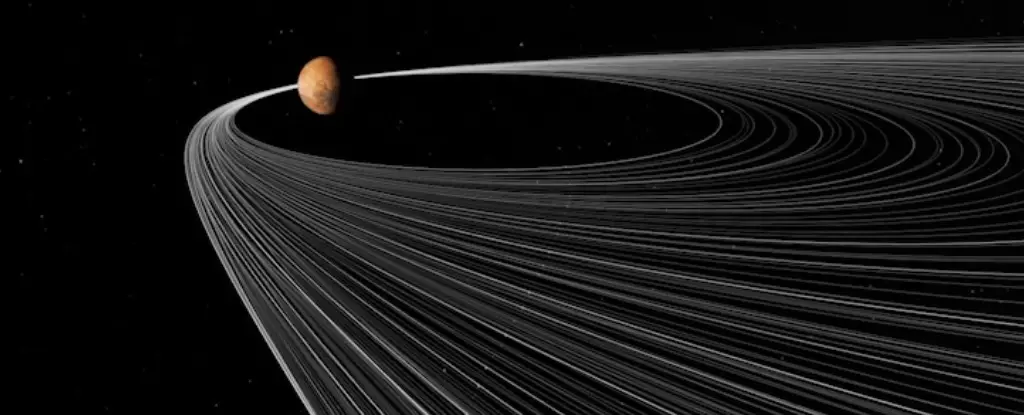When we delve into the cosmos, our attention often gravitates towards the unique planetary bodies of our Solar System. While Earth is well-known for its singular, large moon, Mars also hosts two intriguing satellite companions—Phobos and Deimos. The origins of these moons have puzzled scientists for decades, leading to various theories that propose different formation scenarios. Understanding the creation of these celestial objects is key to expanding our knowledge of planetary formation and dynamics in our Solar System.
Two prevailing theories attempt to elucidate the origins of Phobos and Deimos. The first suggests that these moons are captured asteroids, resembling the small, rocky bodies found in the asteroid belt. This theory hinges on the idea that, during the early period of solar system formation, Mars might have managed to entrap these celestial wanderers due to gravitational interactions. However, this notion invites skepticism. Mars, being a smaller planet with lesser gravitational pull compared to Earth or Venus, presents a challenge. It is difficult to imagine how Mars could successfully capture both moons, particularly since typical captured bodies tend to exhibit elliptical orbits—a feature that Deimos and Phobos notably lack.
Conversely, the alternative model contends that Mars’ moons could have formed from debris generated by a colossal collision. This theory postulates that an impactful event, similar to Earth’s collision with the protoplanet Theia, led to the fragmentation of a sizable asteroid or comet around 3% the mass of Mars. This debris could have coalesced into Phobos and Deimos, thus explaining their more circular orbits. However, the assumption that the debris ring would form at a suitable distance to account for both moons raises questions about the feasibility of such a scenario.
Recent computer simulations have introduced a novel perspective that merges aspects of both theories. Instead of emphasizing direct impact or capture, this theory posits that a large asteroid may have passed close enough to Mars to experience significant tidal forces. Such an encounter could potentially disintegrate the asteroid into a series of fragments, some of which would be stabilized into elliptical orbits around the planet. Over time, the gravitational influences of Mars, the Sun, and other celestial bodies would gradually alter these orbits. As these fragments interacted, they might collide to form a debris ring, resembling the results of an impact event but distributed over a broader range of distances.
This hypothesis presents a compelling scenario that maintains the circularity of Deimos and Phobos’ orbits while also accommodating the different behavior of orbital shifts over time. The adaptability of this model to include the idiosyncrasies observed in the Martian moons opens new avenues for exploration.
Despite the intrigue surrounding the various theories, the ultimate resolution of the enigma of Mars’ moons remains unresolved. The scientific community anticipates the Mars Moons eXploration mission (MMX), set to launch in 2026, as a beacon of enlightenment. MMX aims not only to investigate the Martian moons but also to gather samples from Phobos, providing critical data that could validate—or challenge—the aforementioned theories. The insights gleaned from direct examinations of the moons may illuminate their composition, structure, and perhaps the broader narrative of how moons like Phobos and Deimos came to exist around Mars.
The origins of Phobos and Deimos remain an outstanding puzzle within planetary science. Through advancements in computer simulations and upcoming exploratory missions, we stand on the threshold of potentially transformative discoveries. The truth behind these unique satellites may be unveiled, significantly enriching our comprehension of not only Mars but the formation processes of moons throughout our Solar System. With every advancement, we take another step closer to deciphering the mysteries that our planetary neighbors hold.


Leave a Reply